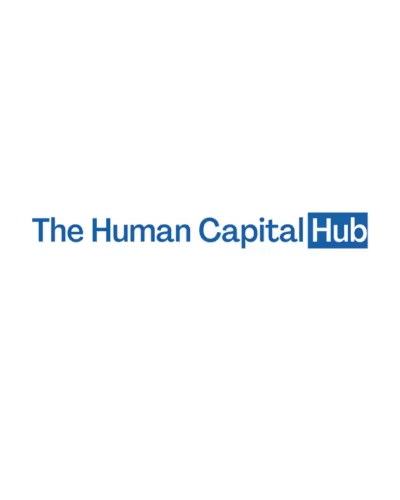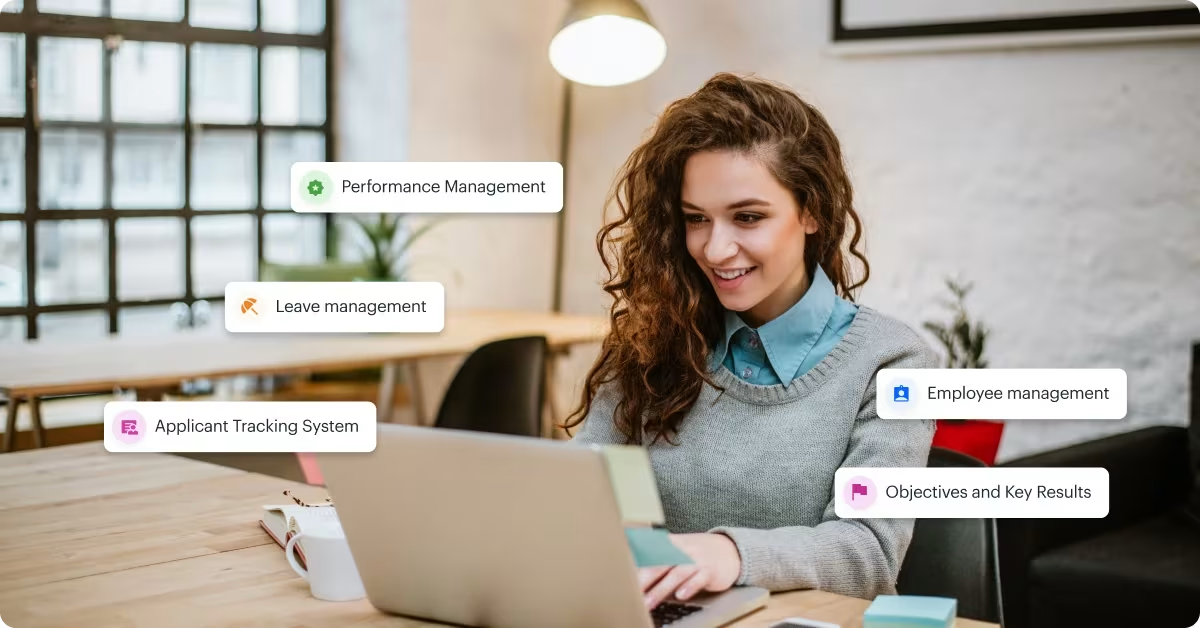In the corporate world, HR departments hold some of the most sensitive information. Payroll details, employee records, and reviews are just a few examples of what could be a target of a cybercrime. Further, cyberattacks have been escalating and becoming more sophisticated in recent years, which makes these departments especially vulnerable.
A report by IBM from 2024 shows that the cost of data breaches worldwide reached $4.45 million. As you can guess, the most common targets were payroll data, something that the HR department is looking out for.
Additionally, insider threats are not excluded here, and another report indicates that around 60% of all data breaches originate from employees. It’s fair to say that some were accidental, while others were malicious.
Which tools HR teams should prioritize using?
Today, HR's role is also about protecting the digital identities of everyone in the company. With the cyberthreats lurking in the shadows, every file uploaded, contract signed, or message sent could expose sensitive data if not properly secured.
This chapter breaks down the key tools HR teams need to stay ahead of threats and keep employee information truly private.
- VPN
- Secure cloud storage and document management systems
- Multi-Factor authentication
- Data backup and recovery solutions
- Employee training
With the list out of the way, let’s discuss how these tools can help keep HR departments and employee data safe.
Virtual Private Network (VPN)
Remote work has been on the rise over the past decade, allowing employees to benefit from working from anywhere with their laptops. While it’s practical, there are risks, especially for HR employees — knowing what is a VPN used for will certainly help here.
These services offer an encrypted tunnel through which the data passes, meaning that even if it gets intercepted, attackers won’t be able to use it. This is convenient for HR employees who do remote work on public Wi-Fi, which is commonly considered unsafe.
Communication through unsecured channels can be a problem, not just for employee data, but also for the company. A report shows that by the end of this year, up to 60% of organizations will choose to partner with other companies or organizations based on how they treat cybersecurity internally.
Secure Cloud Storage and Document Management Systems
Document management systems are the gold standard for several reasons. Not only do they help with the thousands of documents HR and the rest of the departments work on, but they also do that in a secure environment. Simplified payroll software for hospitality takes this a step further by integrating payroll management into a secure, cloud-based system. With this solution, hospitality businesses can ensure that sensitive employee data is protected while streamlining payroll processes, offering both security and efficiency in one seamless platform.
DMS often comes paired with a robust cloud storage system, and both work in unison to offer seamless work without compromising data. With that said, it’s essential to do regular checks for permissions to ensure only those who should have access are on the list.
Multi-Factor Authentication
A strong password to access the HR systems is only part of the story. Multi-factor authentication is the second, and there’s a very good reason why HR departments should implement this.
An investigation report from 2024 showed that 68% of breaches involved the human element, which, in most cases, is the result of stolen login credentials. MFA solves this by adding a second authentication, meaning that even if the password is stolen, attackers still won’t be able to access any of the systems.
While multi-factor authentication isn’t a 100% sure way of keeping everything protected, it drastically reduces the chances of a breach. For an attacker to access any of the accounts, they’ll need the password and the secondary device for authentication, making it almost impossible.
Data Backup and Recovery Solutions
Ransomware attacks are on the rise, and attackers have many targets, including HR systems and documents. Ideally, employees would do everything in their power to avoid something like this, but if it does happen, a proper backup and restore plan is essential.
Any downtime is a problem for the entire company because it delays payroll, carries compliance risks, and creates distrust with employees. On average, the downtime caused by ransomware attacks costs around $1.85 million per attack.
A properly set-up backup and restore system ensures that downtime is minimized in the event HR is a victim of this kind of attack, drastically reducing the damage.
Training and Awareness
This isn’t a tool in the literal sense, but rather technology advice that can be considered for the interest of keeping employee data secure. Considering the percentage of breaches that are a result of human error, training and explaining HR, or all employees for that matter, can help protect the company’s data.
Awareness platforms, guides, training, and occasional simulations can help elevate employees’ awareness of the dangers and minimize potential breaches. To be fair, this won’t help too much with employees who have ill intentions, but it can help a lot with those who aren’t too familiar with proper approaches to keep everyone’s data secure.



